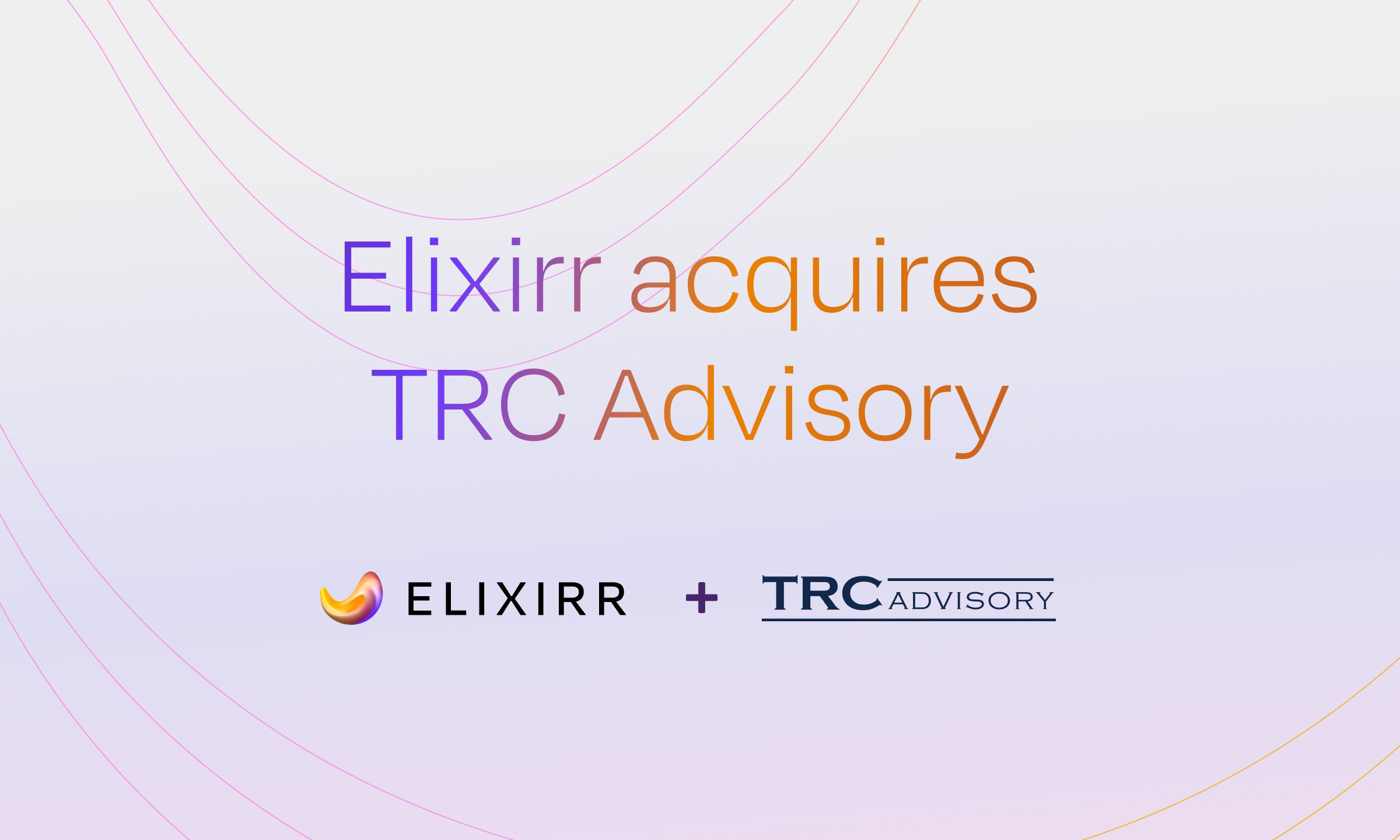Articles
Asset and wealth management trends: How convergence is reshaping the industry

Wealth and asset management have long operated in parallel – distinct in their clients, business models and delivery. But that distinction is starting to erode.
Subtle at first, the shift is now accelerating, driven by factors reshaping the entire financial services landscape: evolving client demands, regulatory shifts and digital transformation. The result? A quiet convergence that’s beginning to redraw the competitive map.
For business leaders, recognizing what’s really happening and what it means for your future strategy has never been more important.
The lines are blurring
Wealth management and asset management have historically operated in separate lanes. While wealth managers focused on personalised, relationship-led advice for individuals (typically high-net-worth clients), asset managers built their models around scale, pooled investment vehicles and institutional efficiency.
Today, those boundaries are dissolving. Traditional wealth managers are introducing digital-only offerings, while direct-to-consumer investment platforms are expanding their advisory capabilities, an unmistakable sign that both sides of the market are moving toward a more blended, hybrid mode.
According to a McKinsey study of affluent and high-net-worth individuals, the share of clients preferring holistic financial advice has increased by roughly 60% since 2018.
A shared set of client expectations
Clients are no longer content with fragmented experiences. They expect a single provider to support their full financial picture – investments, tax, lending, even legal – through a unified relationship that combines tailored advice with intuitive digital delivery.
This demand for end-to-end support is reshaping what ‘value’ looks like in financial services. High-net-worth clients want access to institutional-grade products and seamless digital interfaces.
Meanwhile, institutional and mass affluent clients are increasingly expecting the personalisation and service standards once reserved for private banking.
For firms on either side of the wealth and asset divide, that means evolving fast or risking irrelevance as more integrated competitors take the lead.
Technology is redefining the way firms compete
Delivering on modern client expectations requires more than intent, it requires infrastructure.
Technology trends in asset and wealth management are reshaping not just how firms operate, but how they personalise services and stay competitive.
In a PwC survey of 264 asset and wealth managers, 80% said disruptive technology is already fueling revenue growth. A further 70% highlighted the pivotal role of disruptive tech in driving innovation in products and services.
Platforms and automation are removing silos
Digital infrastructure is enabling firms to break free from legacy delivery models. Wealth managers are using automation to scale previously manual, relationship-heavy services. Asset managers are building direct-to-client platforms that mirror the personalisation and UX focus of wealth offerings.
These moves reflect the wider asset management digital trends reshaping how firms connect with clients.
What once required separate teams, tools and touchpoints can now be delivered through unified systems that serve clients across segments.
The cost to serve is dropping but complexity is rising
While technology is helping firms serve more clients at lower cost, it’s also exposing the cracks beneath the surface. Many wealth and asset managers are still operating on fragmented, outdated infrastructure that struggles to support modern client expectations.
Scaling digital services on legacy systems means patchwork solutions, inconsistent experiences and operational risk. As firms expand their offerings and client base, the gap between front-end ambition and back-end reality is becoming harder to ignore.
The convergence of business models only heightens this pressure. Serving both institutional and individual clients through unified platforms requires not just investment in tech but a rethink of the entire operating model.
Regulation is creating common ground
As business models converge, so do the regulatory pressures that shape them. Once governed by distinct frameworks, wealth and asset managers are increasingly facing a shared set of expectations around transparency, fiduciary responsibility and sustainability.
From MiFID II in Europe to Reg BI in the US, regulators are moving to tighten the link between product offerings, client outcomes and ethical duty of care. With ESG scrutiny ramping up across the board, firms must now demonstrate credibility as well as compliance, whether serving institutions or individuals.
Where firms could once differentiate through lighter-touch oversight or narrower mandates, they’re now being held to common standards. This is resulting in greater operational overlap and a growing incentive to unify how compliance is handled.
What this means for strategy
As the lines between asset and wealth management continue to blur, firms can no longer afford to treat them as separate plays. The convergence of models, clients, technology and regulation demands a more unified, strategic response.
This doesn’t mean every firm needs to offer everything, but it does mean leadership teams must step back and rethink how their operating model, tech stack and client propositions fit together.
The most successful firms won’t be those who react the fastest, it’ll be those who reframe the opportunity and define a model built for where the market is going next.
Turn asset and wealth management trends into opportunity
The convergence of asset and wealth management is a chance to rethink how you serve your clients and stay ahead.
At Elixirr, we help leadership teams reimagine what’s possible, building business models, experiences and operating structures that respond to change and help define what’s next.
If you’re ready to move with the market, we’re ready to help.



